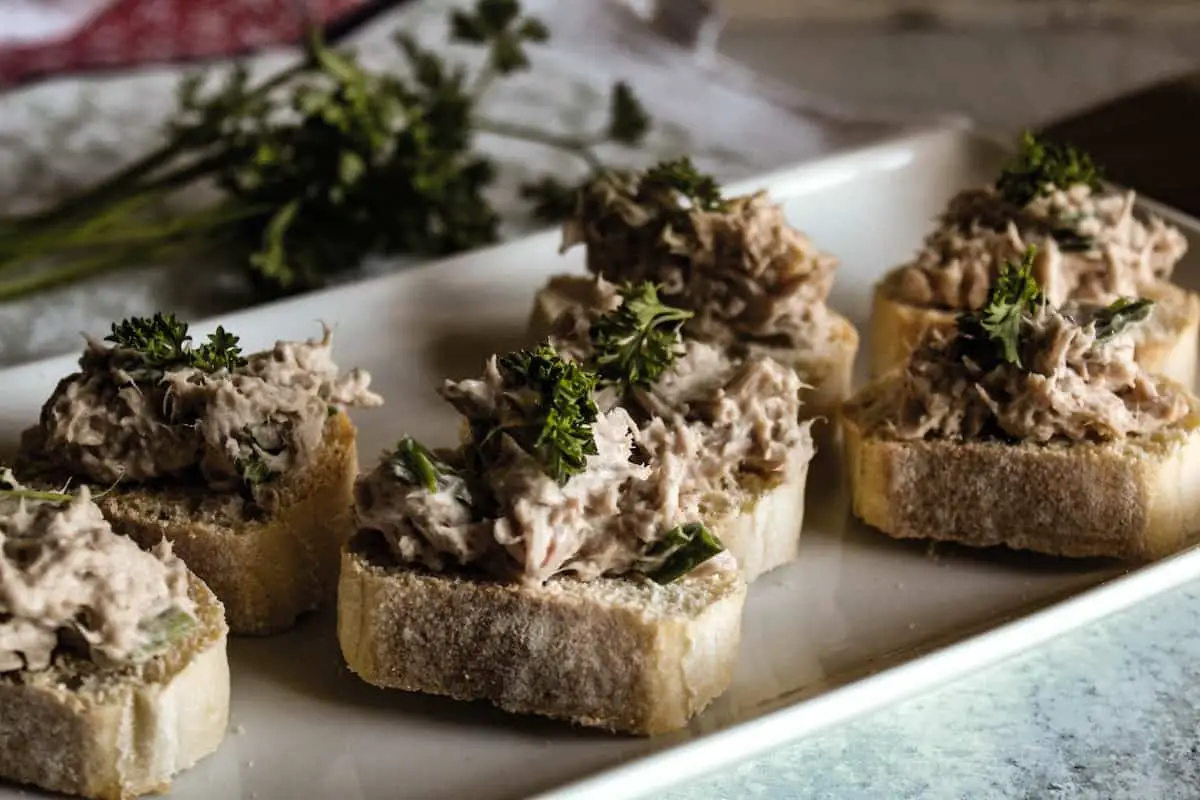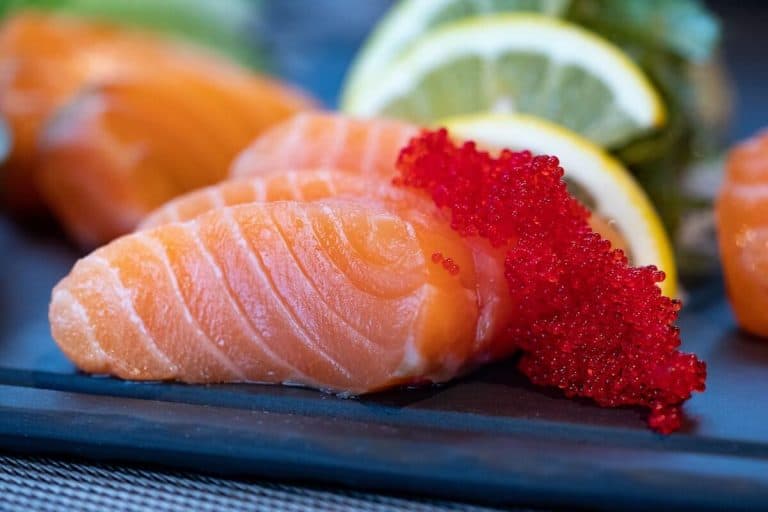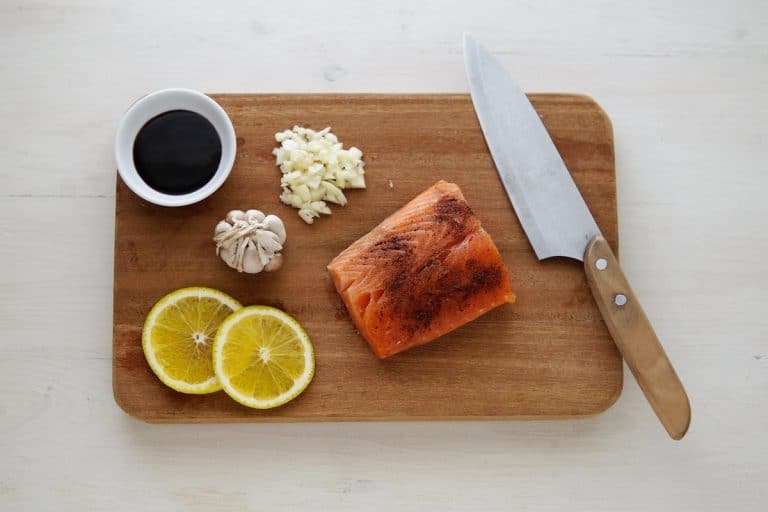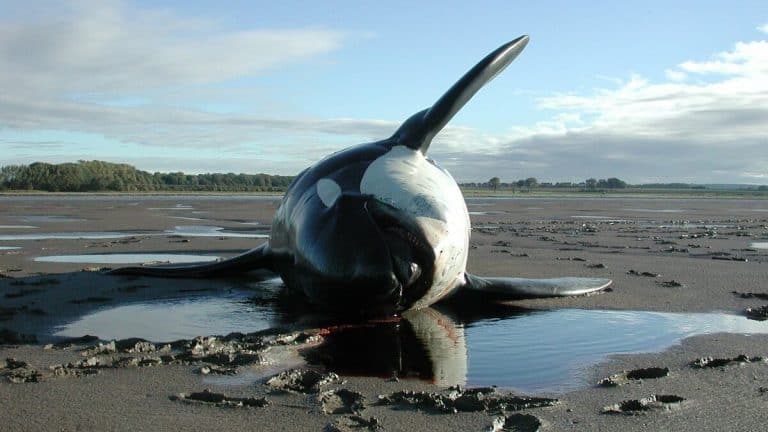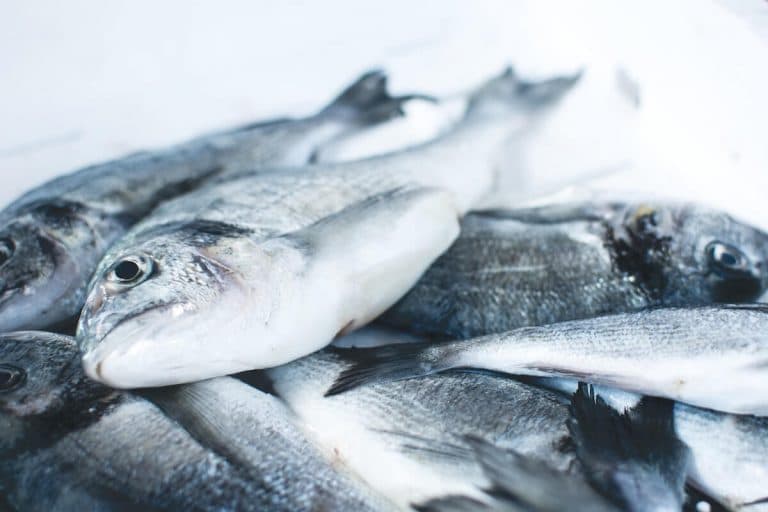I recently heard a kid ask his mom in the supermarket aisle, “is canned tuna healthy?” I wanted to jump in. Now, it may be in a can, and it may say chicken, but it’s still a fish. And most people don’t know where their fish came from or how it got to them — and the tuna industry doesn’t want people knowing their dirty secrets.
Why is canned tuna not healthy?
Seafood isn’t only sold in the seafood section. Americans buy a tremendous amount our seafood from the shelves of our local grocer rather than from the freezers, including one particular item that we put in everything from sandwiches to casseroles to salads: tuna fish.
For decades, tuna was the most widely consumed seafood product in the United States. Although it has recently lost pole position to farmed shrimp, it is still massively popular, and even though it’s in a can, it is still fish, and thus merits scrutiny in terms of sustainable practices – or, in this case, its total lack thereof.
Here’s the issue: catching tuna in a manner that keeps the price hovering around $1-$2 per can is difficult. It’s a challenging process for a number of reasons, not least of which is that most species of tuna are constantly on the move across the vastness of the open ocean. Chasing these schools around is a time- and resource-intensive process – especially with oil prices on the perpetual upswing – but the tuna industry has found a way to cut some pretty significant corners.
Unfortunately, this has led to any number of nasty consequences, and those smiling bumblebees and luxuriating mermaids on the tuna cans at your neighborhood grocery store have done a great job covering them up… until now.
The tuna industry’s got a dirty little secret – actually, it has four of them. And here they are.
Fish aggregating devices
Fish aggregating devices (aka FADs) are floating objects that tuna vessels cast adrift in the open ocean. They are generally attached to a radio beacon and can relay their position back to a given tuna boat. FADs work because fish in the open ocean find random flotsam absolutely captivating. Small plants and polyps anchor themselves to the physical body of the FAD, small fish use it as a hiding place, and larger animals flock to it as a source of shade and as a fertile hunting ground. After a few weeks at sea, a FAD can develop an entire ecosystem around it – which is wiped out entirely when the tuna boat returns and scoops the whole thing up in a seine net.
A juvenile bigeye killed in a FAD-associated skipjack seine. There were hundreds more under my feet… and that was just one haul on one ship.
The problem here is that FADs don’t just attract the target species of tuna (usually skipjack). They are similarly mesmerizing to sharks, billfish, and other animals – most notably juvenile yellowfin and bigeye tuna – that come swimming by wondering what all the fuss is about. By then, it’s generally too late.
FADs increase bycatch in the skipjack tuna industry by between 500% and 1000% when compared to nets set on free-swimming schools (FAD-free seining.) To make matters worse, between 15% and 20% of the total catch of a FAD-associated skipjack seine is actually juvenile yellowfin and bigeye – two species of tuna that are in serious trouble and cannot afford to have their young purloined before they ever have a chance to breed. The total content of bigeye and yellowfin in FAD-free skipjack seines is less than 1%.
I’ll put this plainly – if we don’t stop using FADs, we will run out of yellowfin and bigeye tuna because we will kill all of the juveniles.
Rule one for sustainable canned tuna: When shopping for “light” tuna, buy pole-and-line or FAD-free seined skipjack.
Longlines
Cans of “white” tuna contain albacore, a temperate tuna species that is only popular in canned form in North America. Albacore isn’t caught with purse seines as often as it is caught on longlines – an equally destructive practice that incurs a tremendous amount of bycatch.
A turtle caught on a Korean longliner’s tuna gear. It’s dead.
Longlines are just that – long lines set by fishing vessels that stretch from buoy to buoy across the open ocean, sometimes for multiple miles at a stretch. Every few yards, a long lead ending in a baited hook dangles from the main line. When the ship circles back to reel in the longline and assess its catch, it contains far more than albacore tuna. This indiscriminate fishing method is one of the greatest killers of turtles (which get hooked nibbling on the bait, can’t return to the surface to breathe, and drown), albatross and other seabirds (which dive on the glinting hooks thinking that they’re fish and are subsequently snagged), and other non-targeted animals.
The total bycatch rate of this massively destructive operation is estimated to be somewhere just shy of 30% of the total take… that means nearly one third of the total global catch of the albacore fleet – thousands upon thousands of tons per year – is turtles, sharks, sea birds, and other casualties of the industry’s callousness and greed.
Absolutely unacceptable.
Rule two for sustainable canned tuna: When shopping for “white” tuna, buy pole-and-line albacore.
Unregulated fishing on the high seas
Outside of the boundaries of a country’s exclusive economic zone (EEZ), which stretches two hundred miles into the ocean beyond the shores of any given state, there exists a lawless, oceanic “Wild West” known as the high seas. When it comes to fishing, most anything goes out there as there are no universally acknowledged enforcement bodies that can serve to protect our common resources.
The water runs red with the blood of the tuna. As a seine net closes, the plastic filaments cut into the fish, slicing them to ribbons. Mortality in a seine operation approaches 100% — another reason that there’s no such thing as an “eco-FAD”.
Tuna vessels regularly park just shy of this two hundred mile line, inside what are often referred to as the “high seas pockets” – four areas of unregulated ocean that are fully encircled by the EEZs of any number of island states in the western and central Pacific that depend on tuna stocks for their economic livelihood.
Tuna, of course, know nothing of international boundaries, and pass freely back and forth over these lines until they are netted up by a nearby predatory seiner. Since these vessels are operating in what are technically high seas areas, they have no rules to follow – no quotas, no maximum limits, etc. – and they don’t have to pay dues or access fees to the countries that actually own and manage the resources.
Activities like transshipping (transferring fish from one vessel to another to allow for longer fishing times and less resource expenditure) are common, which further reduces the abilities of these nearby states to manage their tuna stocks sustainably.
Rule three for sustainable canned tuna: Tuna should be caught in managed waters. Buy tuna from companies that refuse to fish in the high seas pockets.
Stolen fish, stolen future
Following on the above point, might tends to make right when there aren’t any overarching laws offering protection to those involved. The tuna industry has been the scene of an infuriating amount of bullying over the past decades, mainly by larger, more wealthy nations – countries like Taiwan, Spain, the United States – that have ransacked the waters of the independent Pacific Island states.
Countries like Kiribati and Tuvalu have virtually no resources aside from tuna, and without a modicum of international law and market support to enable them to draw a fair and honest living from it, the established international tuna barons – companies like Thai Union (which owns the well-known US brand Chicken of the Sea), Fong Chin Formosa, and Dong Won – are able to pillage their waters with near impunity.
Recently, a number of tuna-rich but cash-poor Pacific island states have banded together in an effort to take charge of their fisheries and to keep the tuna pirates out of their watery backyards. These states are known collectively as the Parties to the Nauru Agreement (PNA), and they represent one of our best chances to foster a sustainable and equitable tuna industry that protects both the ocean’s tuna populations, and the peoples that depend on them.
Rule four for sustainable canned tuna: Buy tuna from companies that support the PNA.
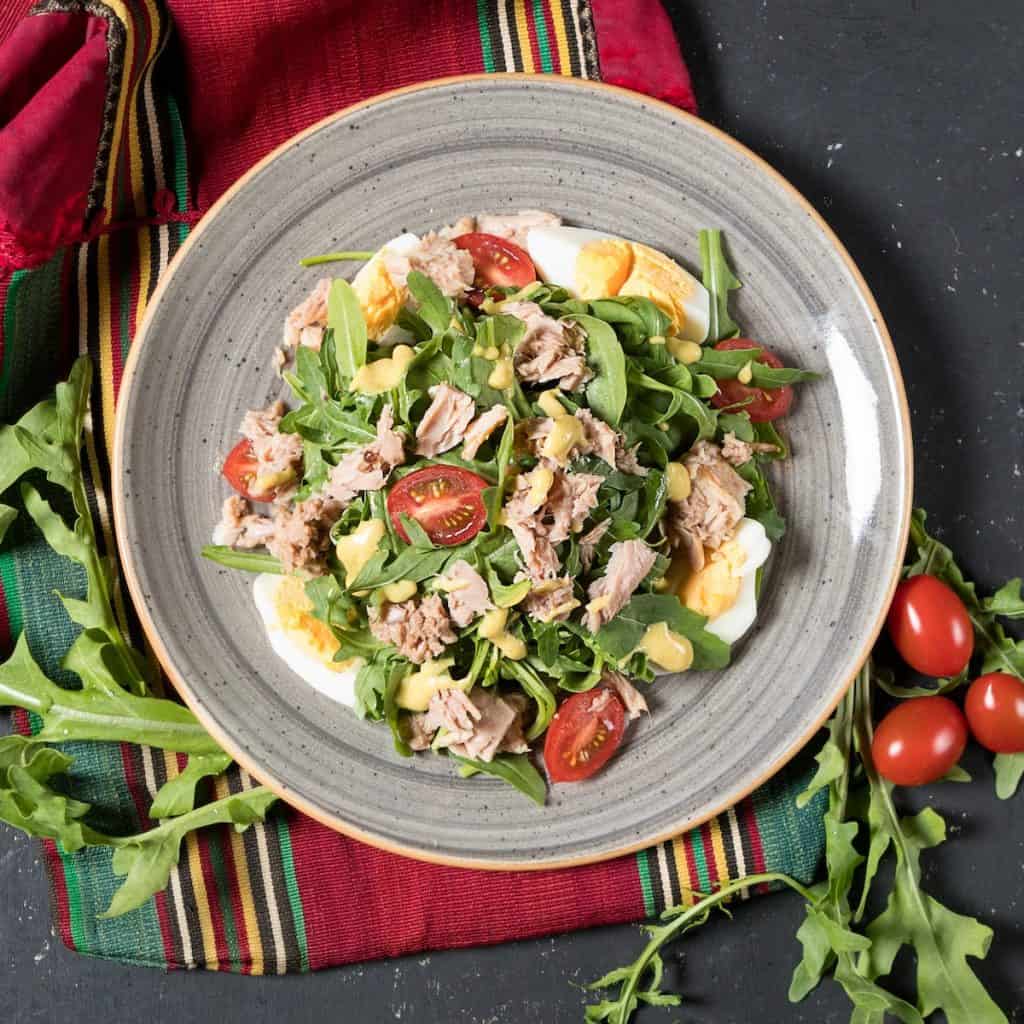
Conclusion – is canned tuna healthy?
Canned tuna cannot be considered healthy when its damage is unquantifiable and lasting. There are four main rules to keep in mind next time you’re in the canned foods aisle, looking a smiling bumblebee on a tin can of tuna.
4 rules for sustainable canned tuna
- Rule 1: When shopping for “light” tuna, buy pole-and-line or FAD-free seined skipjack.
- Rule 2: When shopping for “white” tuna, buy pole-and-line albacore.
- Rule 3: Tuna should be caught in managed waters. Buy tuna from companies that refuse to fish in the high seas pockets.
- Rule 4: Buy tuna from companies that support the PNA.
To learn more about how the fishing industry affects your health and the fish you buy in the can, check out our health posts.
Casson Trenor
Casson Trenor is a frequent commentator on sustainable seafood issues. He has been featured in regional, national, and international media outlets, including CNN, NPR, Forbes, New York Times, Boston Globe, Christian Science Monitor, San Francisco Chronicle, Los Angeles Times, Seattle Times.

